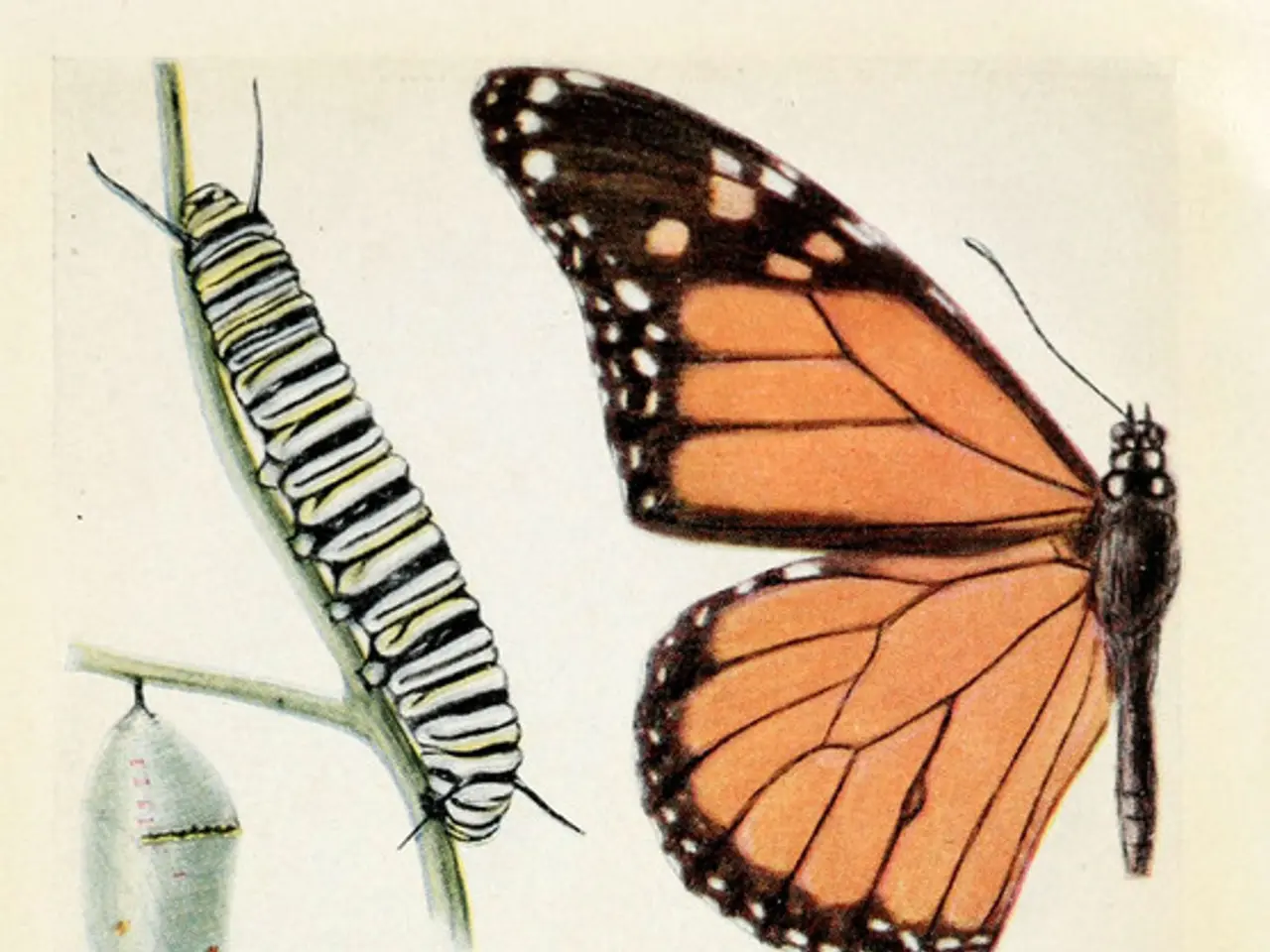Customs and Traditions of Ahi Pepe
In the beautiful landscapes of New Zealand, a unique citizen science project is underway. Ahi Pepe MothNet is a collaborative initiative that brings together scientists, students, and Māori communities to explore the country's native moths, their distributions, and the impact of vegetation restoration on moth diversity.
The project has received funding from various sources, including the Otago Science into Action, the Participatory Science Platform, Curious Minds initiative, Manaaki Whenua - Landcare Research, Te Kura Kaupapa Māori o Ōtepoti, Te Rūnanga o Ngāi Tahu, Te Tumu, University of Otago, Department of Geography, University of Otago, Orokonui Ecosanctuary, Otago Museum, New Zealand's Biological Heritage National Science Challenge, and the national strategic plan for Science in Society, A Nation of Curious Minds - He Whenua Hihiri i te Mahara.
Museums like Te Papa Tongarewa and institutes like Manaaki Whenua - Landcare Research hold reference collections of animal and plant specimens, including 'type' specimens, the physical specimen of a new species as nominated at the time of publication. These historical collections help scientists detect changes in the number and diversity of species and evolutionary changes within species.
In the case of Ahi Pepe MothNet, moths are euthanized to create reference collections. However, the project takes great care to minimise any impact on moth populations. Moths are quick and prolific breeders, and by only taking a few of each species, moth numbers are minimally impacted. Captured moths are chilled in the fridge to lower their body temperature and make them more easily observable.
The success of the Ahi Pepe MothNet project is attributed to collaboration and the blending of mātauranga Māori and science. To respect Māori cultural values, the project engages early and meaningfully with Māori partners to co-develop protocols for collecting, handling, and storing moth specimens. The project incorporates principles of kaitiakitanga (guardianship) by ensuring collections support conservation and educational goals that benefit both science and Māori communities.
When it comes to the students of Te Kura Kaupapa Māori o Ōtepoti, they had ethical issues with the thought of killing creatures that are to be cherished as gifts from Tāne. To address these concerns, students select two specimens from each species and recite a special karakia giving thanks to Tāne-mahuta o Rehua for gifting the moths to the Earth before placing them in the freezer. The remainder of the moths are set free.
Schools working with Ahi Pepe MothNet make reference collections to aid in identifying local moth species and keeping track of species diversity. Students identify the sacrificed moths and create labels to pin them for the reference collections. Scientists at Manaaki Whenua - Landcare Research collect and store various insect specimens for research and biosecurity purposes, with smaller collections being made by scientists to catalogue regional or local species, recording location, date, and other details.
In conclusion, Ahi Pepe MothNet is a shining example of how science and culture can work together harmoniously. By respecting Māori cultural values and carefully considering ethical considerations, the project is able to create and manage moth reference collections while maintaining the respect for Māori worldview alongside scientific goals.
[1] For more detailed information on these ethical practices in Ahi Pepe MothNet, please refer to the project's official guidelines and procedures.
This unique citizen science project, Ahi Pepe MothNet, promotes environmental-science education and personal-growth through collaboration with scientists, students, and Māori communities. By creating reference collections for studying native moths, the project also aids in the learning process of identifying local species and understanding evolutionary changes.
The project also encourages education-and-self-development by involving students in the process of identifying moth species and creating labels for reference collections, enhancing their learning experience alongside cultural respect.




